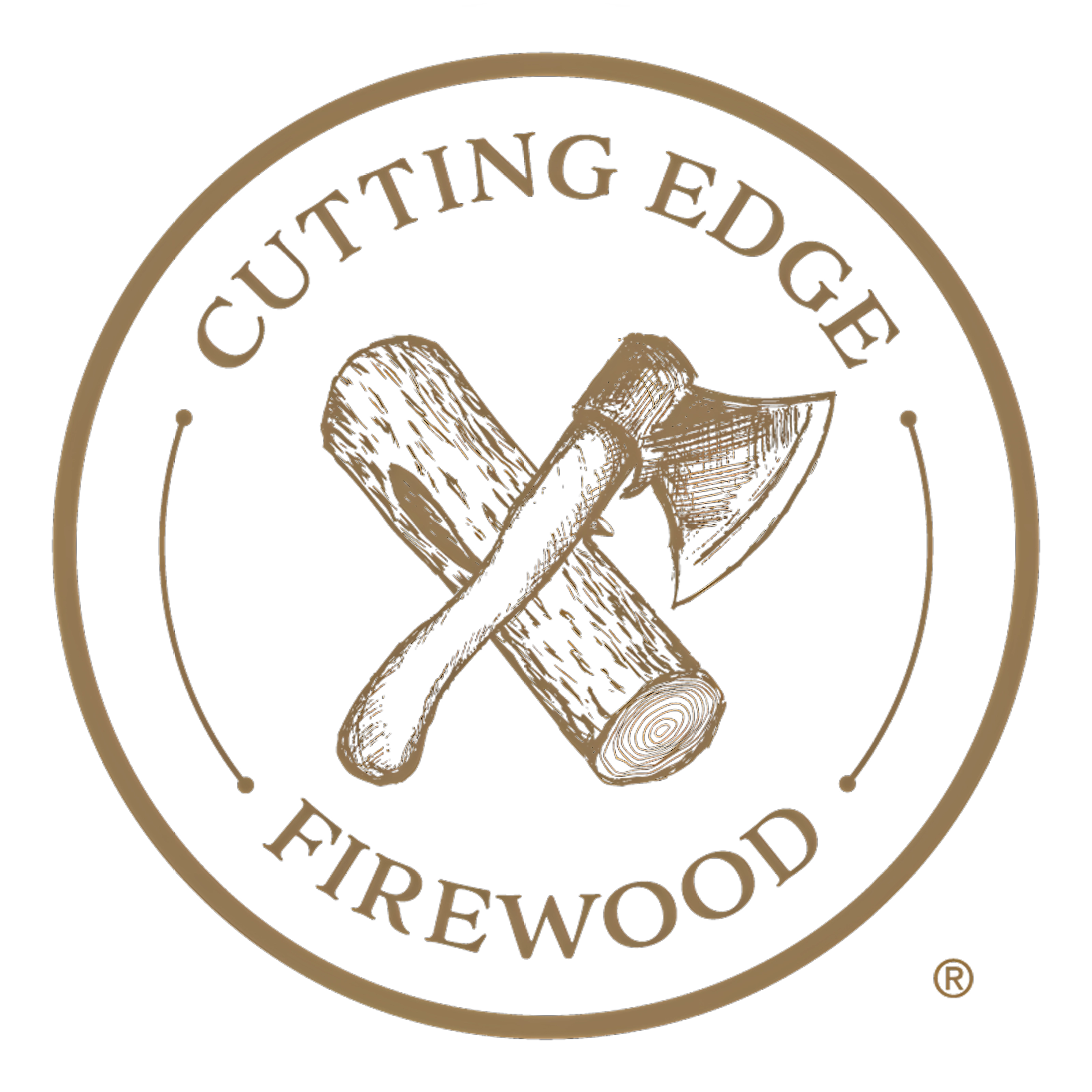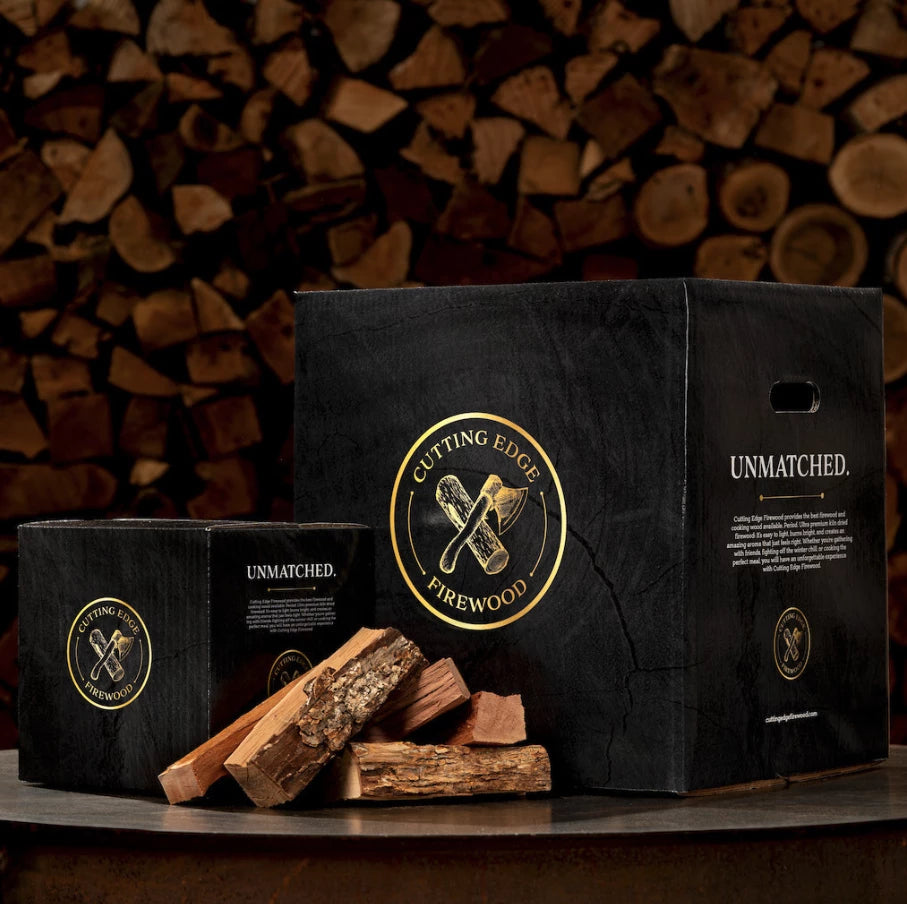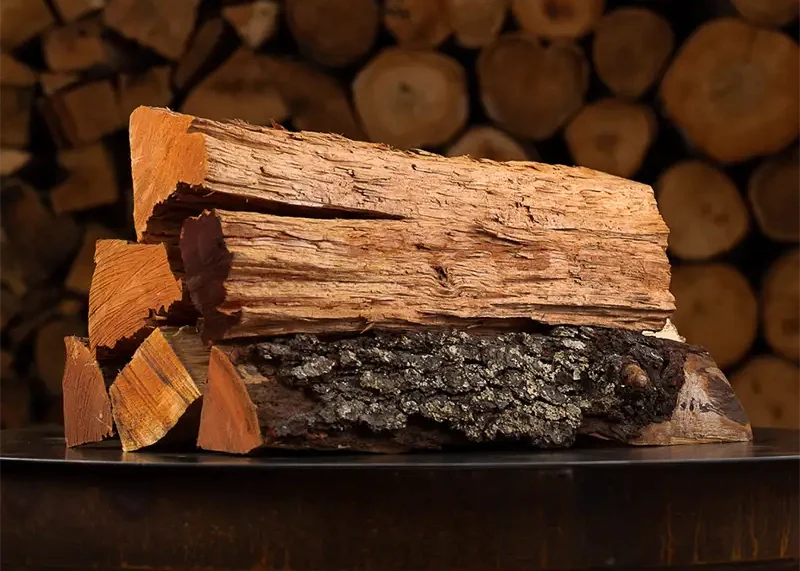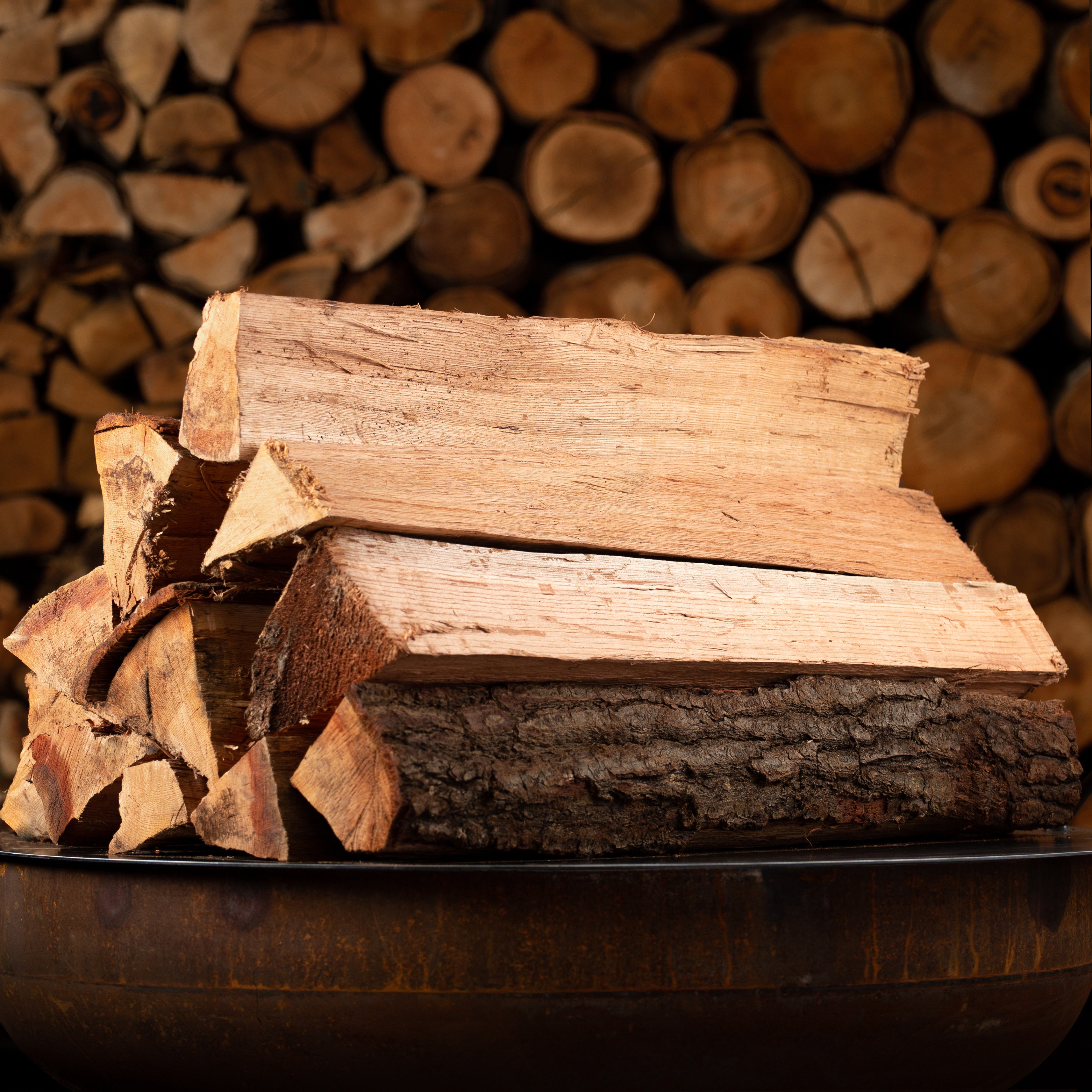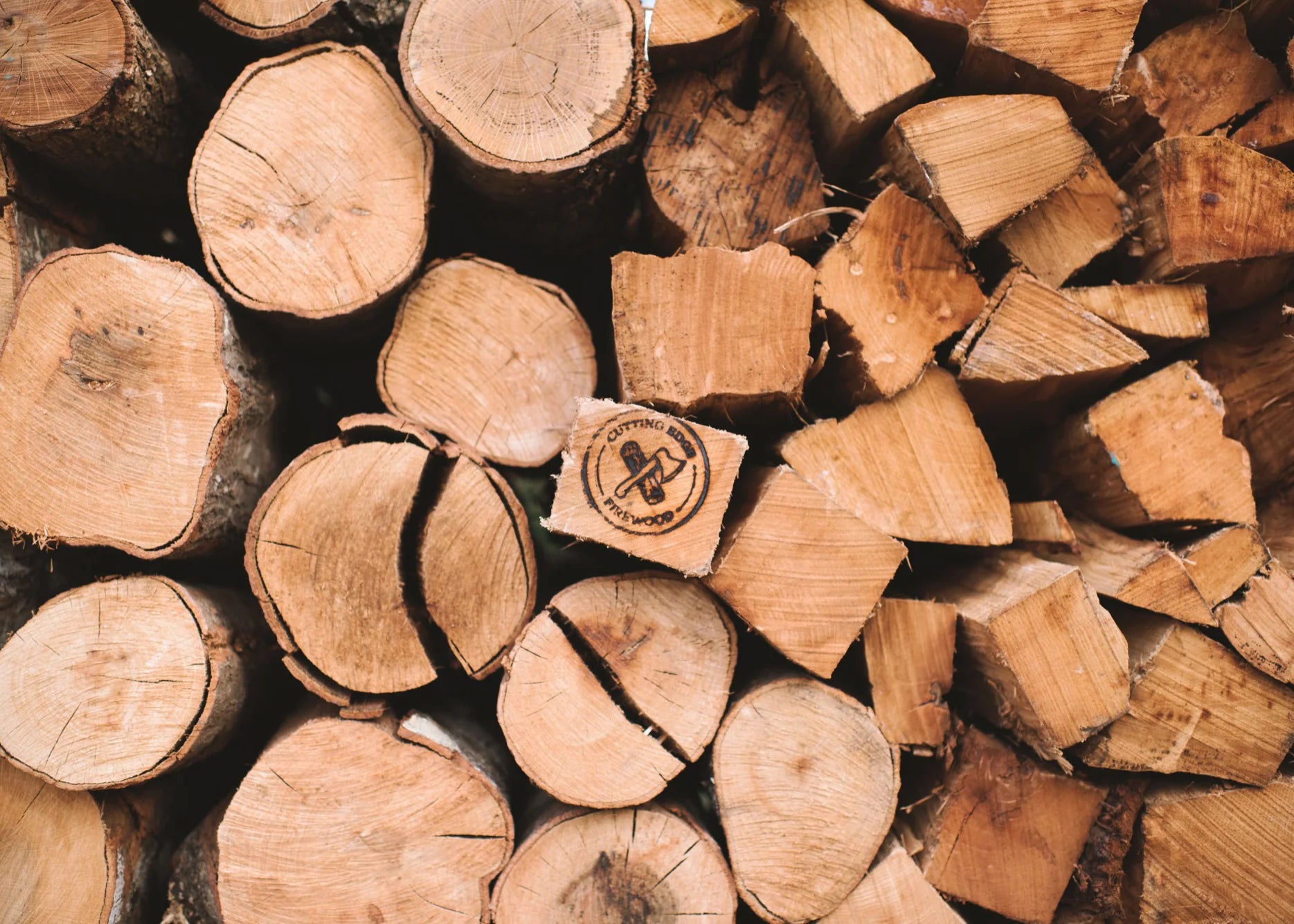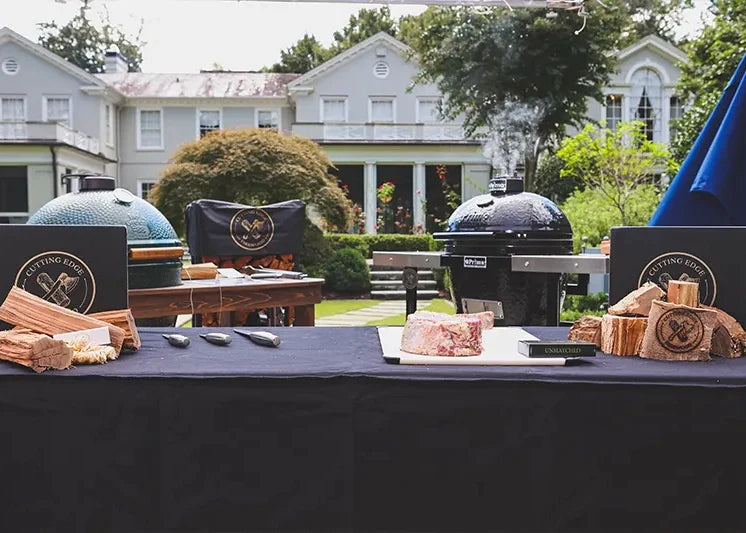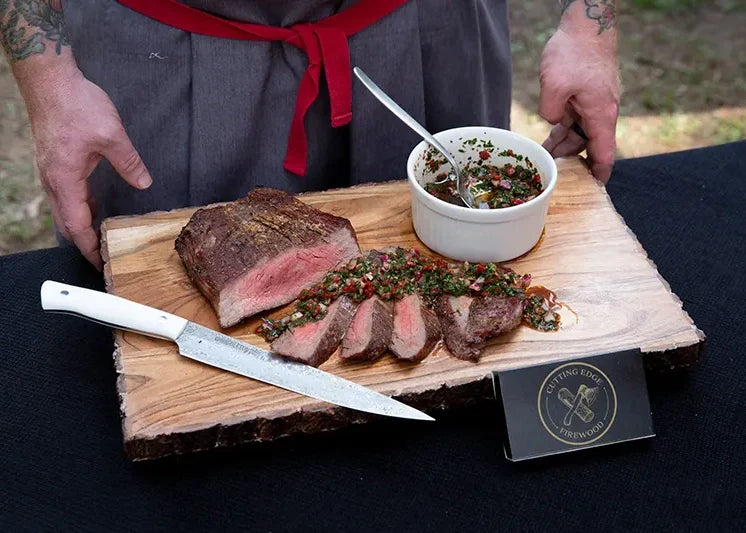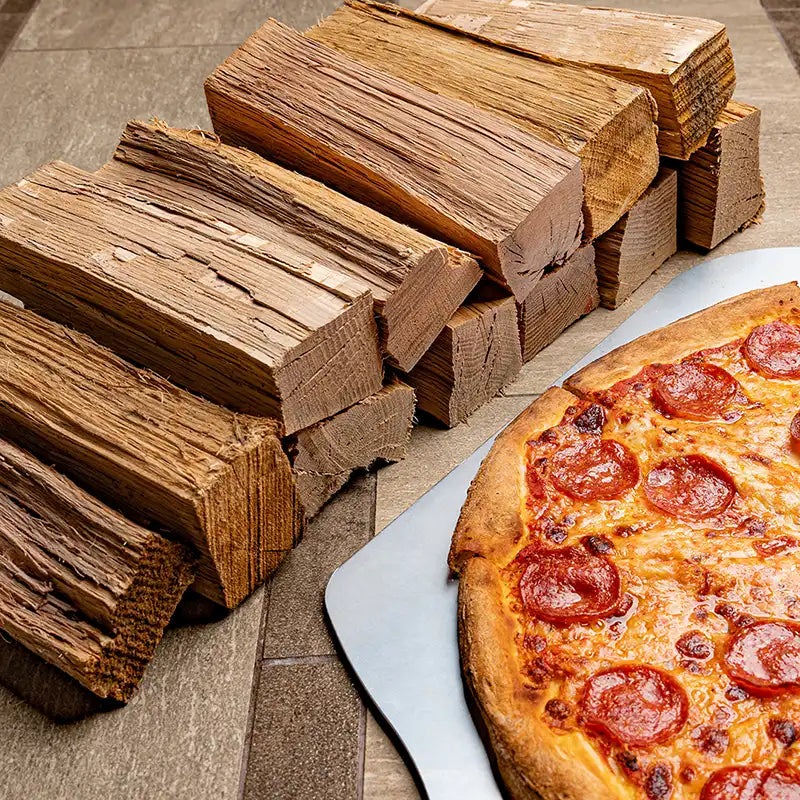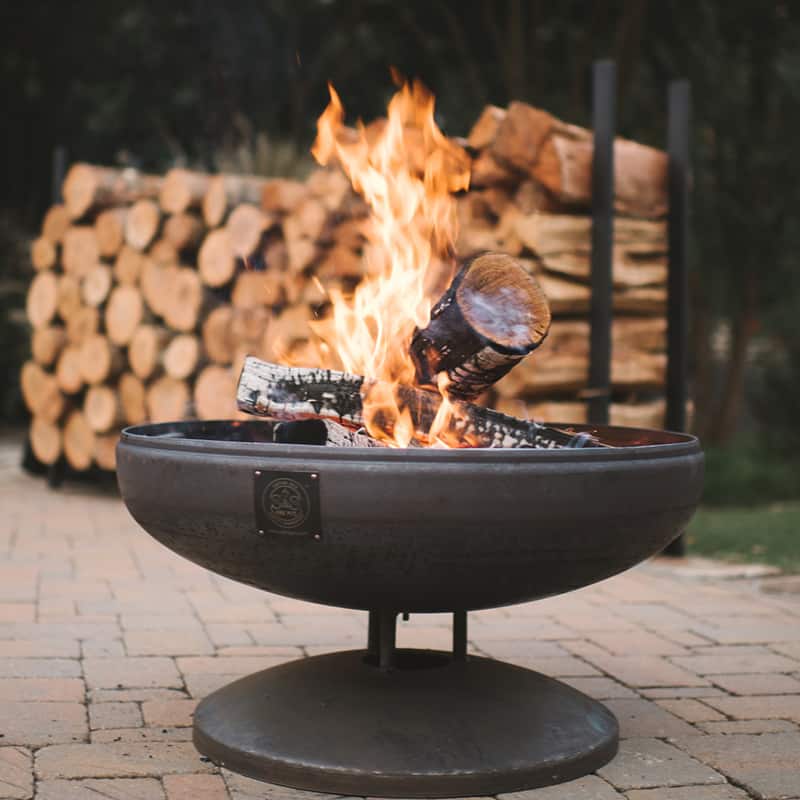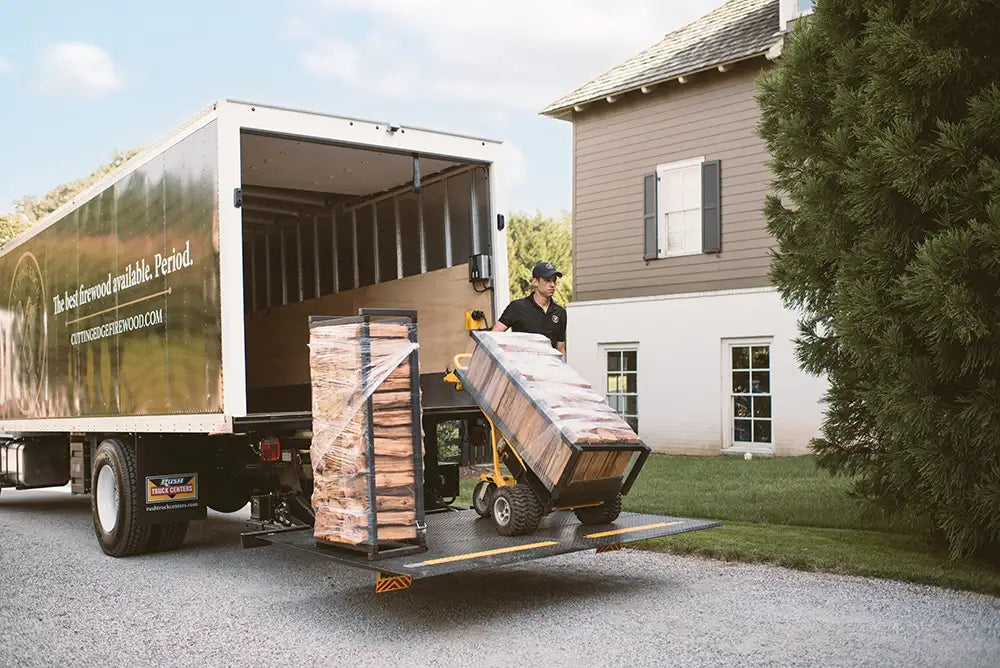Nothing beats a delicious grilled steak cooked with a flavorful variety of wood or smoking chunks. If you're trying to achieve a seared, semi-crispy exterior, you should still use charcoal in your grill or smoker. Adding just a small amount of wood or smoking chunks, however, will inject your steaks with delicious new flavors that complements the natural flavor of beef.
But not all steaks are made equal. There are five primary types of steak, and while they all come from a similar area -- the upper back portion of the cow -- each one has unique characteristics. Some types of steak contain more marbling, for example, whereas others are more tender. To perfect your cooking skills as a pitmaster, you should familiarize yourself with the five main cuts of steak.
#1) Sirloin
The sirloin is a semi-lean cut of steak that's an all-around great choice for pitmasters. Sirloins contain a small amount of marbling, which helps to increase their flavor and prevent them from drying out when cooked. Even with little or no seasoning, a well-cooked sirloin makes a delicious meal.
There are two types of sirloin:
- Top Sirloin: The more expensive cut of the two, the top sirloin is found at the top of the cow. Top sirloins are smaller but more tender than their bottom counterparts. If you're planning to grill your steaks, you can't go wrong with this tender and flavorful cut.
- Bottom Sirloin: As you may have guessed, the bottom sirloin is found below the top sirloin. Often labeled simply as "sirloin steak," bottom sirloins don't offer the same level of tenderness as top sirloins. The only advantage of choosing a bottom sirloin over a top sirloin is its lower price. Bottom sirloins typically cost 10% to 30% less than top sirloins, making them an attractive choice for chefs on a budget. Unfortunately, most pitmasters will agree that bottom sirloins are too tough and chewy for grilling.

#2) New York Strip
The New York strip is a cut of steak that's taken from the short loin of the cow. Because of the muscle fibers running through this section of the cow, it's not as tender as other cuts. New York strips also lack the marbling found in other cuts, meaning less flavor when cooked. But there are still reasons to consider cooking a New York strip. Although prices vary, New York strips generally cost less than top sirloins, filets, ribeyes and T-bones. And with an average size of 8 to 10 ounces, they are guaranteed to satisfy your hunger.
#3) Filet
Also known as a tenderloin, the filet or "filet mignon" is arguably one of the most popular cuts of steak. It's taken from a small back section of the cow, and it runs on both the right and left sides of the spine. Filets are prized for their superior level of tenderness.
Beware, though, that filets can be somewhat expensive, especially if you choose a high-quality brand. It's not uncommon for filets to cost anywhere from $15 to $30 per pound. Even if you only intend to cook a couple filets, you could spend over $20 on the meat alone. Why do filets cost so much? Well, a typical steer only has about 500 grams of meat that can be used as filets. Additionally, filets are the most tender cut of steak -- even more so that top sirloins. If you enjoy delicious steak that melts in your mouth, consider cooking filets. You'll have to spend more money, but it will pay off in the form of a better meal.

#4) Ribeye
A favorite among many pitmasters, the ribeye is a cut of steak that's taken from the rib section of the cow. Unlike standard beef ribs, though, the bone is usually removed. The only exception is a special type of ribeye known as a cowboy steak, which contains the bone.
Ribeyes are essentially the prime, center section of the ribs. They contain a substantial amount of marbling that provides flavor and moisture when cooked. Keep in mind that ribeyes aren't as tender as filets or top sirloins. Nonetheless, their marbling content makes them a popular choice among seasoned pitmasters.
#5) T-Bone
Finally, the T-bone is essentially two steaks in one. It consists of a New York strip one side and a filet on the other side, with a T-shaped bone running down the middle. With a T-bone, you get the best of both worlds. You can enjoy the tender filet section as well as the flavorful New York Strip section. Some of the marbling from the New York strip section will even coat the filet section with flavorful juice.
You'll often find T-bone steaks marketed and sold as porterhouses. For a T-bone to be classified as a porterhouse, the filet portion must be at least 1.25 inches wide. If it's smaller than 1.25 inches, it's simply known as a T-bone. Other than size, though, T-bones are the same as porterhouses. They both come from the same area of the cow, and they both consist of a filet and a New York strip.
More Tips on How to Cook a Delicious Steak
When cooking steaks on a grill or in a smoker, you should create a bed of charcoal as well as a pile of wood or smoking chunks. The charcoal will produce the heat needed to sear your steaks, whereas the wood or smoking chunks will enhance the flavor of your steaks. But if you're going to cook your steaks with wood or smoking chunks -- which is recommended for maximum flavor and tenderness -- you should use an appropriate variety of wood or smoking chunks.
Hickory smoking chunks work well for all five cuts of steak. It has a strong flavor that many people compare to sweet bacon. As a result, it will complement the flavor of your steaks. With that said, hickory smoking chunks are stronger than most other varieties of wood, so it's recommended that you start with a small pile and gradually add more as needed.
You can also use white oak smoking chunks when cooking steaks. Oak is milder than hickory, but it still offers a delicious flavor that works well for all cuts of steak. You can mix it with other, stronger varieties of wood like hickory. If you discover that hickory smoking chunks are too strong when used alone, try using a 50-50 mixture of both white oak and hickory smoking chunks.
Along with white oak, cherry smoking chunks are relatively mild yet still loaded with flavor. Derived from cherry trees, they are mildly sweet and highly aromatic. When used to cook steaks, cherry smoking chunks will transfer their sweet and fruity flavor to your steaks.
These are just a few types of smoking chunks that work well when cooking steaks on a grill or in a smoker. Regardless of which variety you use, be sure to place them away from your charcoal so that they don't catch fire and burn. You want your smoking chunks to smolder rather than ignite. Otherwise, they have to keep piling new smoking chunks into your grill or smoker.
Find the best deals on premium smoking chunks by visiting our online store today. Cutting Edge Firewood offers a variety of high-quality smoking chunks, including white oak, hickory, cherry, pecan and whiskey, all of which will allow you to smoke delicious meat.
